Elevate Your Outdoor Lounging Spaces with Elegant Furniture Design
Crafting durable, elegant outdoor lounging spaces requires investing in timeless wicker or teak furn…….
Introduction
Outdoor seating and common areas have become a cornerstone of modern urban planning and commercial spaces, offering a blend of functionality, design, and community engagement. This article delves into the multifaceted world of outdoor seating and common areas, exploring their significance, global impact, economic considerations, technological advancements, policy frameworks, challenges, and future prospects. Readers will gain a comprehensive understanding of how these spaces are transforming cities, workplaces, and social interactions.
Understanding Outdoor-Seating-and-Common-Area
Outdoor seating and common areas refer to shared spaces that are designed for public use or for patrons of businesses like restaurants, cafes, and commercial complexes. These areas encompass a range of features from simple benches and tables to sophisticated landscapes with integrated technology. Historically, they have evolved from basic communal gathering spots into multifunctional hubs that serve both utilitarian and recreational purposes. They are integral to fostering social connections, enhancing urban aesthetics, and supporting local economies.
Global Impact and Trends
The influence of outdoor seating and common areas is evident worldwide, with diverse climates and cultures shaping their design and use. Trends such as sustainable materials, adaptive spaces for different weather conditions, and technology integration are at the forefront of their evolution. In densely populated cities like New York and Singapore, these areas are crucial for maximizing space and promoting a vibrant urban lifestyle. In contrast, in regions with milder climates, such as parts of Europe and Australia, outdoor spaces are designed to be enjoyed year-round.
Economic Considerations
The economic impact of outdoor seating and common areas is profound. They contribute to the vitality of commercial districts by attracting foot traffic and encouraging longer dwell times. Investment in these areas can be a significant driver of economic activity, particularly in hospitality and retail sectors. Moreover, they play a role in property value appreciation and can lead to job creation within maintenance, hospitality, and related industries.
Technological Advancements
Technological advancements have revolutionized outdoor seating and common areas, introducing smart furniture that charges devices, interactive displays for information or entertainment, and environmental sensors for optimizing space usage and maintenance. The future holds promise for even more innovations like augmented reality experiences, solar-powered lighting, and AI-driven space management systems.
Policy and Regulation
Policies and regulations govern the design, construction, and operation of outdoor seating and common areas. These include zoning laws, building codes, accessibility standards, and health and safety regulations. In many cities, there are initiatives to create more accessible and inclusive public spaces that cater to all demographics. The regulatory environment is constantly evolving to balance the needs of businesses, the community, and the government.
Challenges and Criticisms
Outdoor seating and common areas face challenges such as weather vulnerability, vandalism, safety concerns, and maintenance issues. Critics often highlight the need for inclusive design that caters to all demographics and abilities. Solutions to these challenges include robust materials and designs, community engagement programs, and strategic partnerships with local businesses and government entities.
Case Studies
Successful case studies demonstrate the positive impact of well-designed outdoor seating and common areas. One notable example is the High Line in New York City, which transformed a derelict elevated rail line into a lush, public park that attracts millions of visitors annually. Another is the Hundertwasser Art Centre in Kawakawa, New Zealand, which combines artistic expression with eco-friendly design principles. These case studies offer valuable insights into the successful integration of these areas into urban environments.
Future Prospects
The future of outdoor seating and common areas is poised for growth, with a focus on sustainability, adaptability, and technology integration. Emerging trends include biophilic design, which incorporates natural elements to improve well-being, and modular spaces that can be easily reconfigured based on community needs. Strategic considerations for the future include addressing climate change impacts, ensuring equitable access, and leveraging data analytics for space optimization.
Conclusion
Outdoor seating and common areas are vital components of modern urban and commercial spaces. They offer a versatile platform for social interaction, economic activity, and community building. The insights provided in this article underscore their importance and the potential they hold for shaping the future of public and private spaces.
FAQ Section
Q: What are the primary benefits of outdoor seating and common areas?
A: Outdoor seating and common areas offer numerous benefits, including enhanced social interaction, economic stimulation, improved mental health, and increased property values. They also provide green spaces that contribute to urban biodiversity and environmental sustainability.
Q: How do regulations impact outdoor seating and common areas?
A: Regulations influence the design, materials used, accessibility, and maintenance of outdoor seating and common areas. Compliance with these regulations ensures safety, inclusivity, and functionality while promoting a harmonious balance between private interests and public good.
Q: What are some innovative technologies being used in outdoor spaces?
A: Innovative technologies include smart furniture, environmental sensors, interactive displays, solar-powered features, and augmented reality experiences. These technologies aim to enhance user experience, optimize space usage, and promote sustainability.
Q: How can communities get involved in the creation of outdoor seating and common areas?
A: Communities can engage with local government and businesses through public consultations, volunteer programs, and partnerships. They can also advocate for inclusive designs that cater to all demographics and abilities, ensuring these spaces serve everyone’s needs.
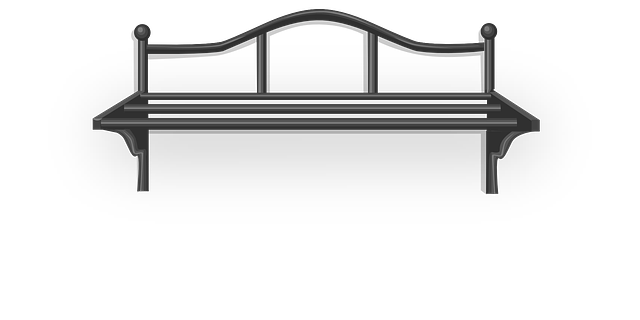
Crafting durable, elegant outdoor lounging spaces requires investing in timeless wicker or teak furn…….
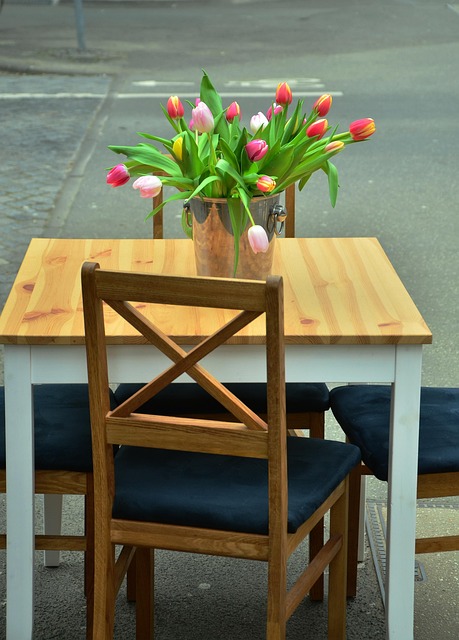
When designing outdoor living spaces, choose durable, weatherproof materials like teak wood, aluminu…….
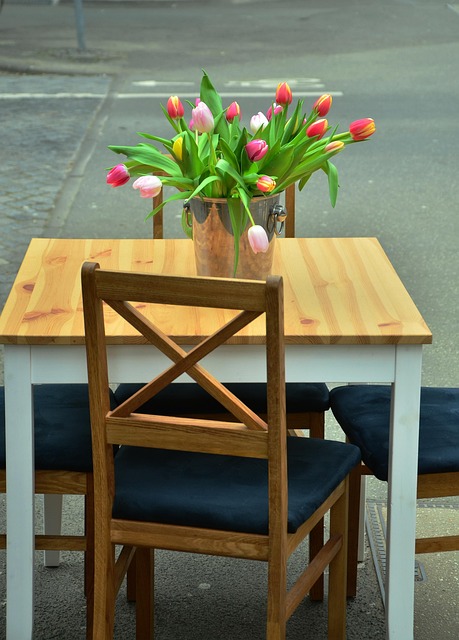
Outdoor lounging spaces have become vital in modern living, transforming backyards into serene retre…….
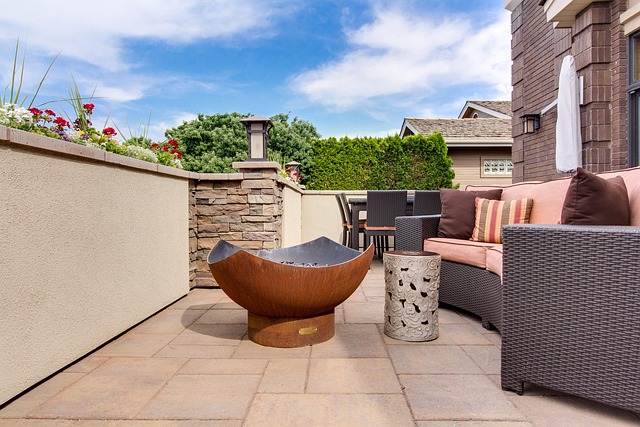
Weatherproof outdoor seating, made from materials like HDPE and aluminium, offers durability and com…….
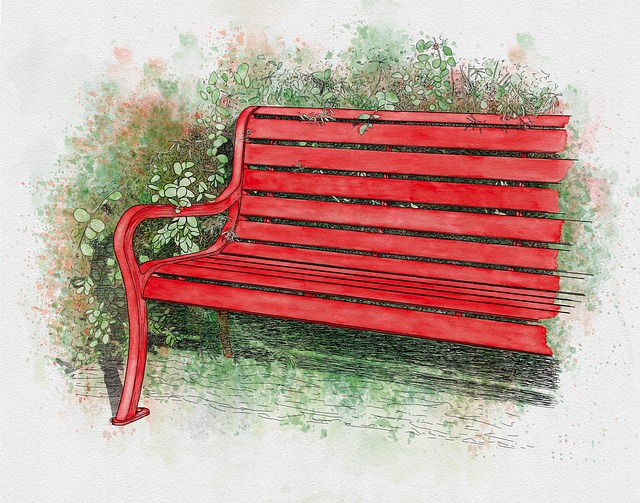
To create inviting outdoor spaces, start by understanding your landscape dimensions, terrain, and un…….
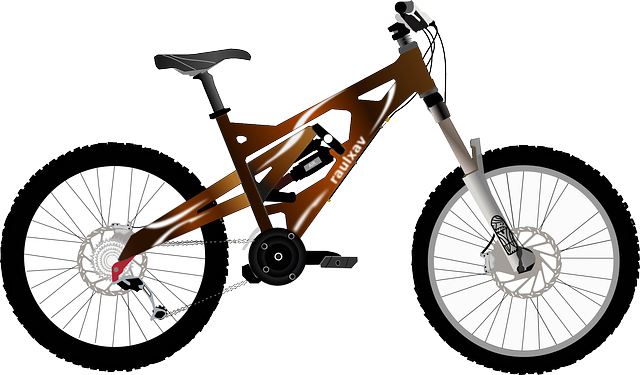
Creating compelling outdoor lounging spaces involves a blend of strategic design and high-quality ma…….
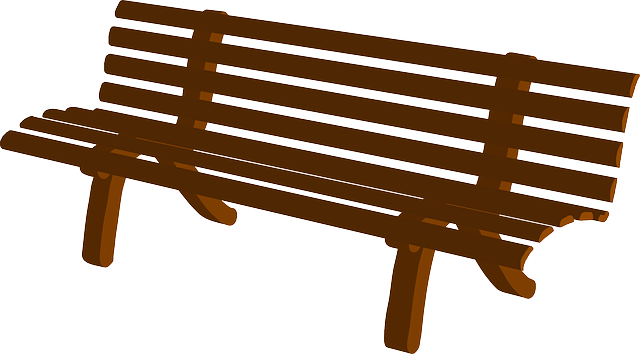
Personalized outdoor seating plans are transforming living spaces, fostering connections with nature…….
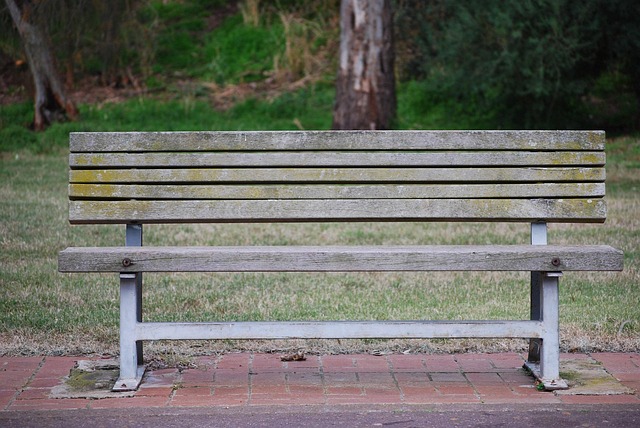
Outdoor benches are crucial design elements in common spaces, offering rest spots, social interactio…….
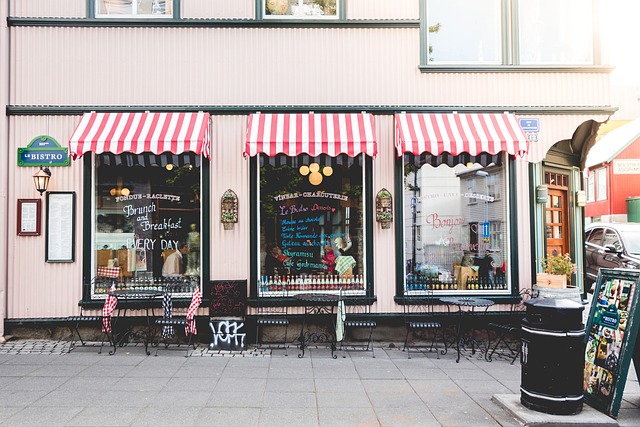
Incorporating weatherproof seating is crucial for creating functional common spaces that foster soci…….
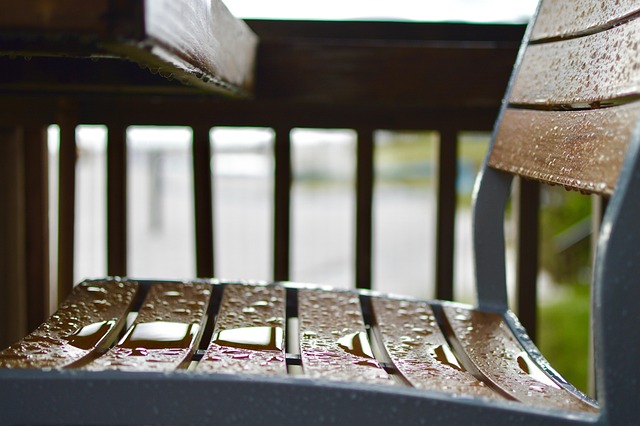
Choosing weatherproof materials like treated woods or synthetic options, along with proper sealing,…….